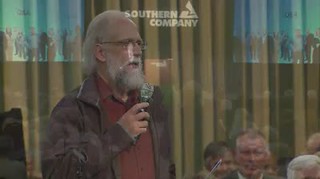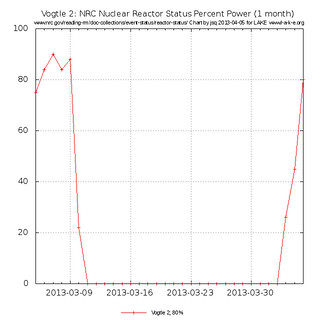We already knew solar and wind are better investments than nuclear or natural gas, and now we find they’re already better than oil.
In Impact Lab 18 September 2014, $100B invested in wind or solar will produce more energy than oil,
Kepler Chevreux, a French investment bank, has produced a fascinating analysis that has dramatic implications for the global oil industry. The investment bank estimates that $100 billion invested in either wind energy or solar energy — and deployed as energy for light and commercial vehicles — will produce significantly more energy than that same $100 billion invested in oil.
The implications, needless to say, are dramatic. It would signal the end of Big Oil, and the demise of an industry that has dominated the global economy and geo-politics, for the last few decades. And the need for it to reshape its business model around renewables, as we discuss here.
“If we are right, the implications would be momentous,” writes Kepler Chevreux analyst Mark Lewis.
“It would mean Continue reading










